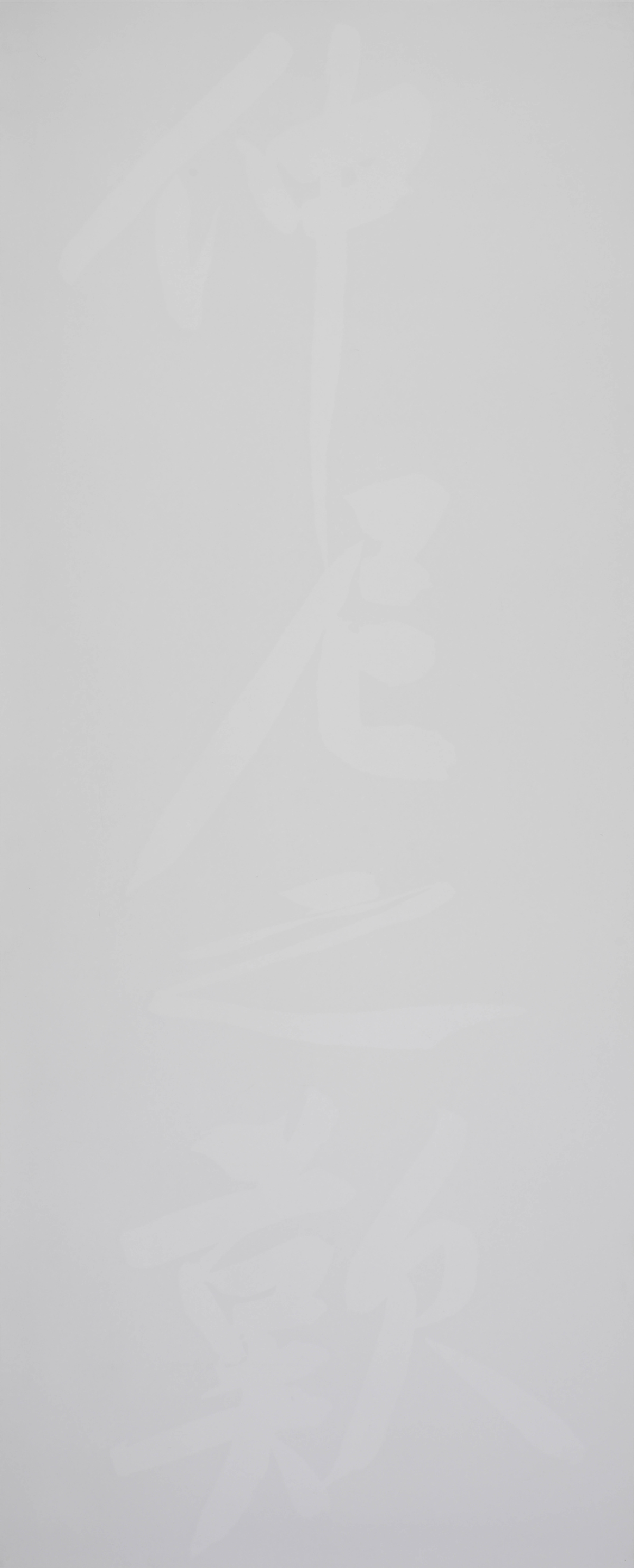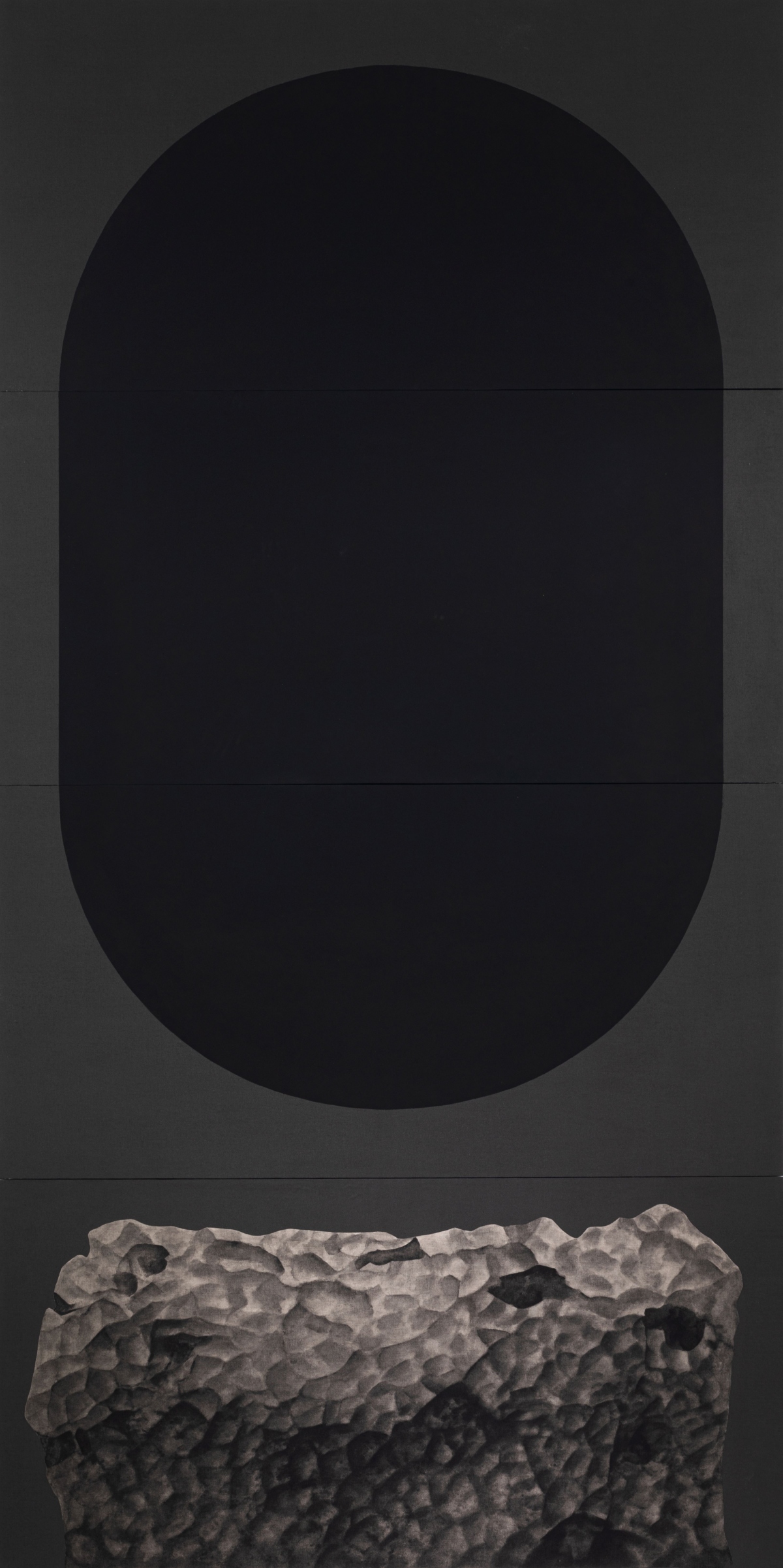Beijing
Part of Neo-Mōrōism exhibition series: Field
2023/9/16–10/21
Tokyo Gallery + BTAP is honored to announce that it will hold the exhibition “Part of Neo-Mōrōism exhibition series: Field” on September 16, 2023. This is the twelfth exhibition in the series of Neo-Mōrōism themed exhibition hosted by Tokyo Gallery + BTAP since 2013.
Neo-Mōrōism originated from Japanese misty paintings in the early 20th century. In 2013, it was co-initiated by Yukito Tabata, director of Tokyo Gallery + BTAP, Japanese critic Toshiaki Minemura, and artist Wang Shuye, aiming to discover more oriental aesthetic characteristics from a new artistic context. The works are looking for an oriental texture that combines humanity, divinity and nature. Over the past ten years, with the support of nine theorists and curators hailing from China, Japand and South-korea, namely Yukito Tabata, Toshiaki Minemura, Wang Shuye, Lu Xiaobo, Pi Daojian, Xia Kejun, Kim Bok-ki, Kate Lim and Wei Xiangqi. Over the past ten years, a number of exhibitions on Neo-Mōrōism were successively held at Tokyo Gallery +BTAP, 798 Art Factory, the Redtory Museum of Contemporary Art (RMCA), the Academy of Arts & Design, Tsinghua University (AADTHU) and Huzhou Art Museum. This has resulted in the showcasing of works by more than 70 artists from China, Japan, South-Korea, the U.S., Germany and Pakistan, a total of 5 academic symposia in both CAFA Art Museum and the Art Museum of the Academy of Arts & Design, Tsinghua University (AADTHU).
Yao Jun is specially invited to be the curator of this Neo-Mōrōism series exhibition. Compared with the previous Neo-Mōrōism series exhibition, the art works and space form a more unified field as he redesigned the space according to the exhibited works this time. Eastern philosophy is "from things to mind", and "from heart to things", and the relationship between mind and matter is moved. Deduce, stretch, and evolve between mind and matter, so as to evoke infinite sounds outside the strings, meanings outside the picture, and realms beyond the image, becoming a unique field, or a state, which is produced between the heart and the world. Inductive observation. It is also the most important quality of oriental art. Artists must contemplate with clarity, so that the depths of the soul are bright, naked, and radiant. Such as the original clear sky of "a cloudless sky for thousands of miles", you can enter the calm state of mind and matter, so that you can see the infinity in your heart, transcend all time, space, cause and effect, and see eternity without self. At this moment, art is a transcendental activity, where infinite explorations are carried out in a limited image. The mind of an individual, everything and everything, is as empty as nothing. This is a kind of aesthetic life and aesthetic joy after a thorough study of the ontology.
This exhibition — entitled ‘Field’ — can be seen as a kind of introspection and observation undertaken by Chinese artists, a veritable to-and-fro between their individual minds and the universal spirit. The works on show by artists Wang Shuye, Zhu Jianzhong, Ye Jianqing, Tian Wei and Jiang Feimo all reveal aesthetic connotations and an ambiance of life in which ‘heaven and earth are united, as are the deities.’ Their artistic practice shows us that the rules that govern beauty are the same ones that govern the mind. By sagaciously examining the mind, one can rise above all things in existence. In the end, this approach discreetly guides us in our return to the self, the past, the present and the future!
The exhibition will last until October 21st and you are cordially invited to visit the exhibition.
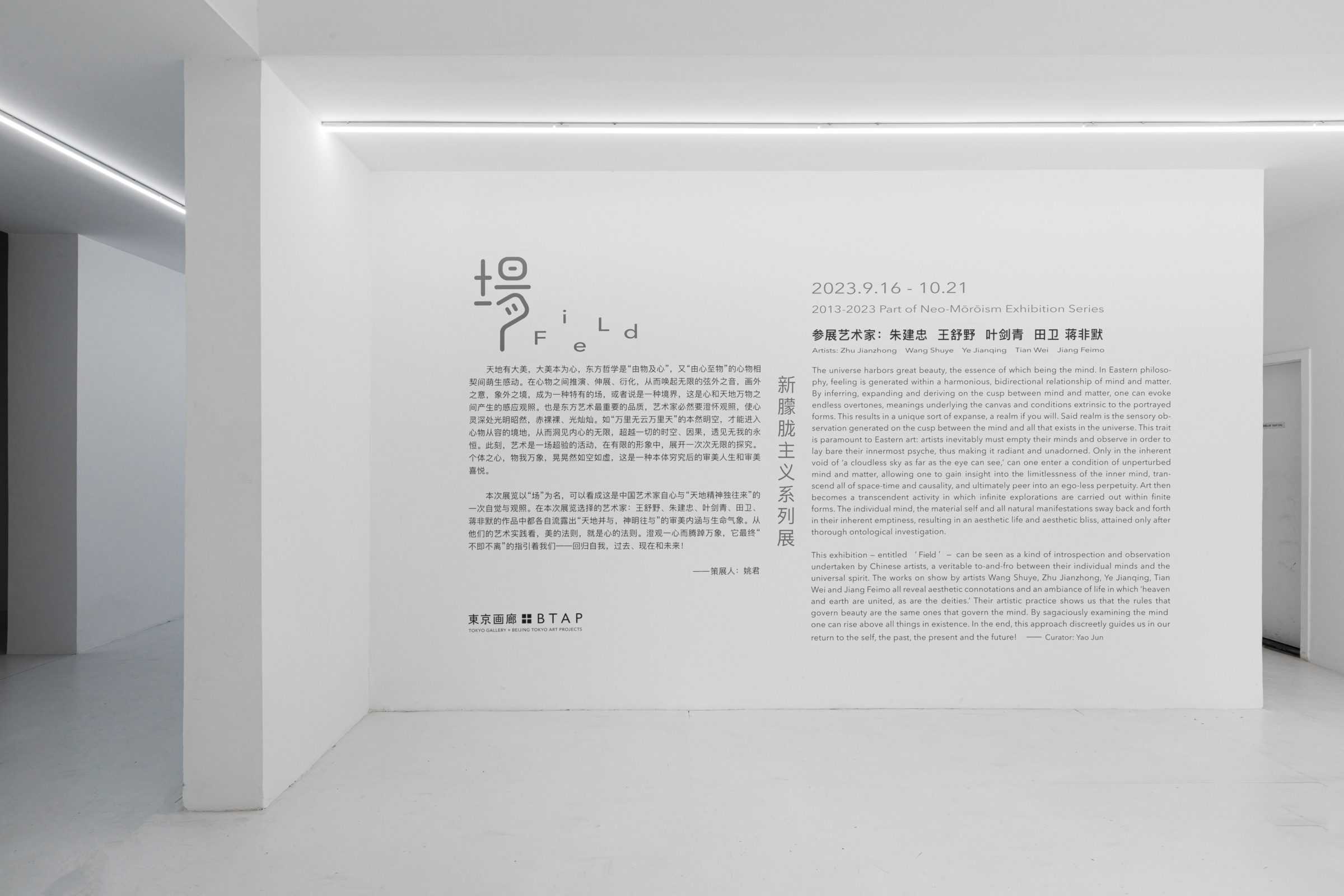
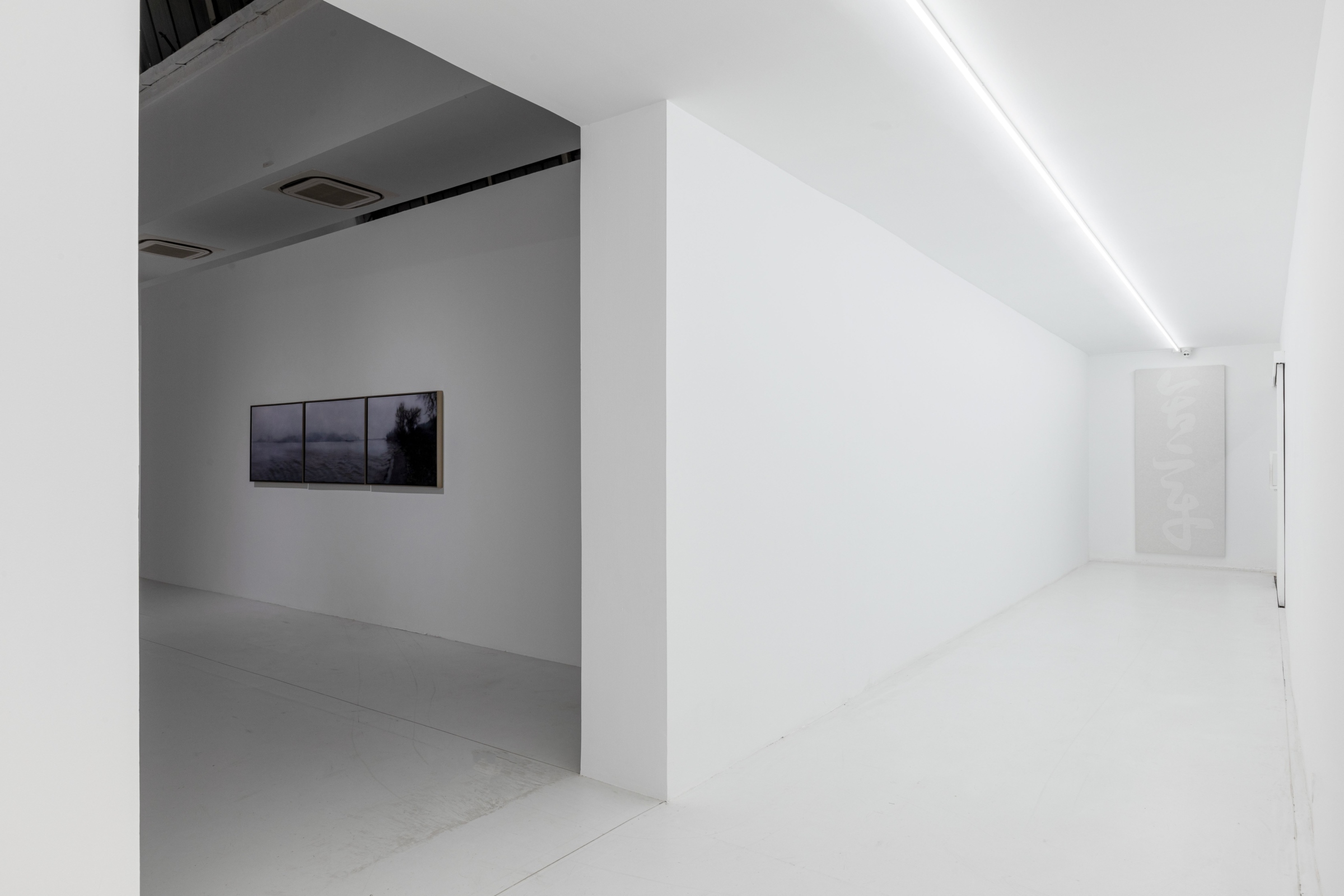
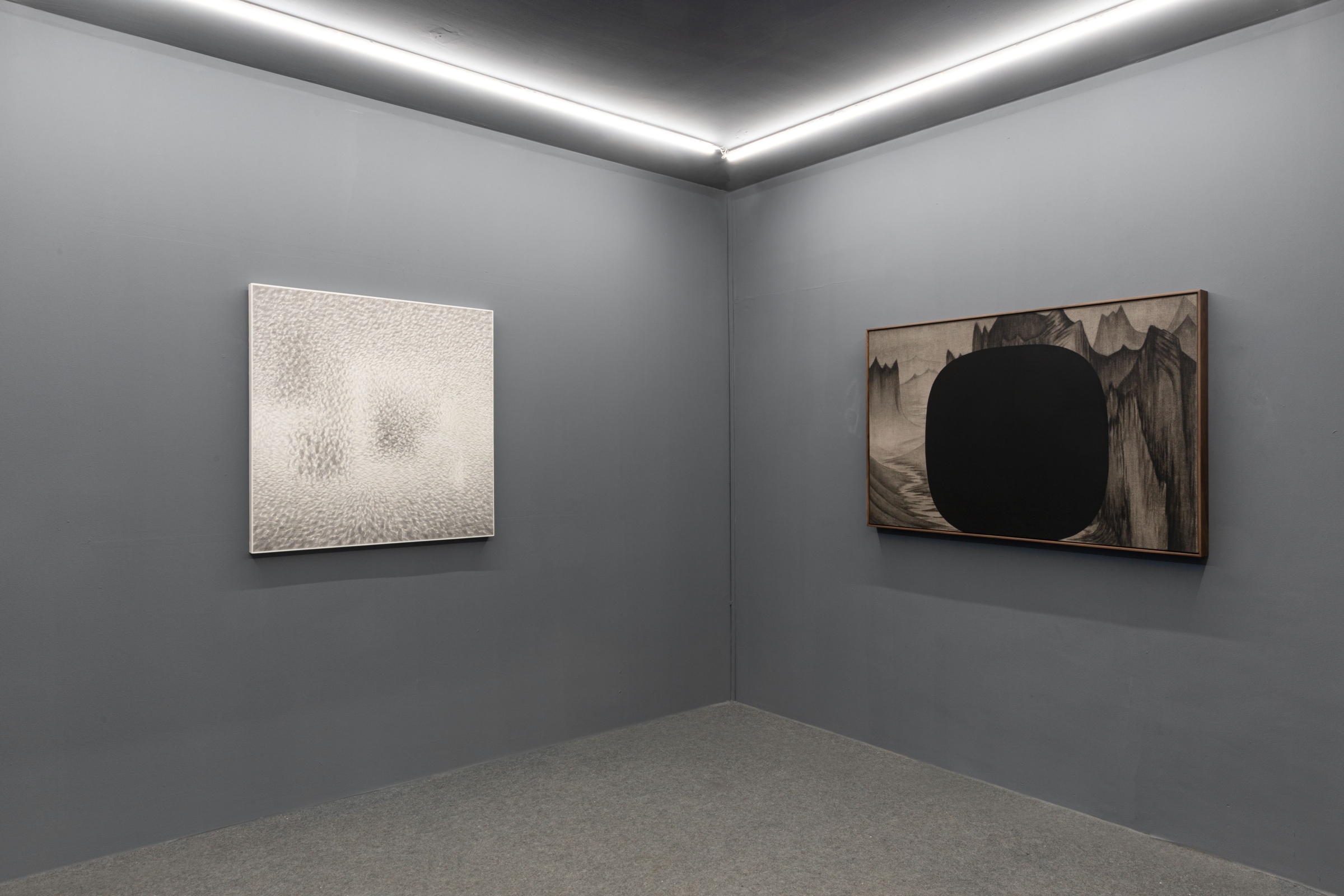
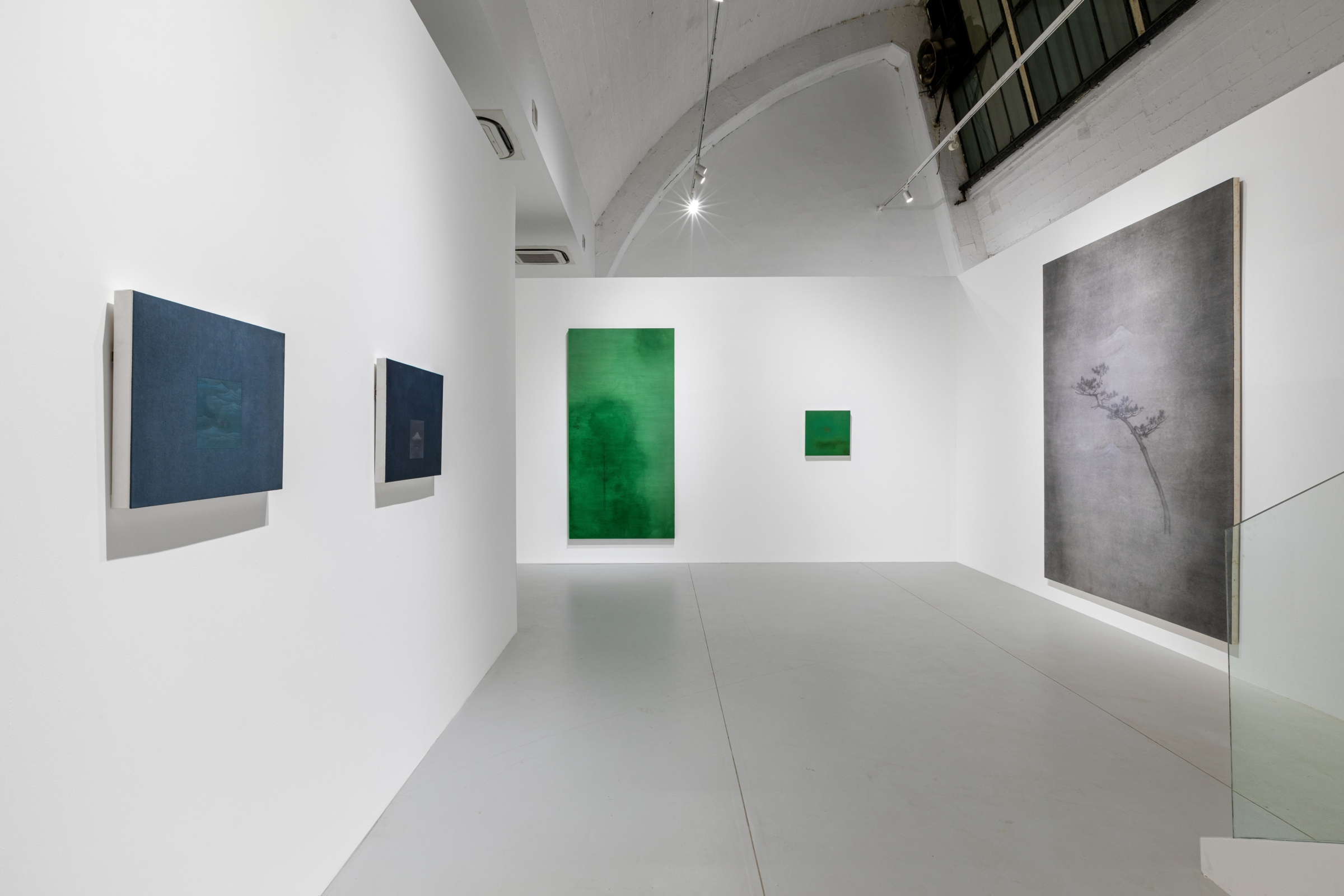
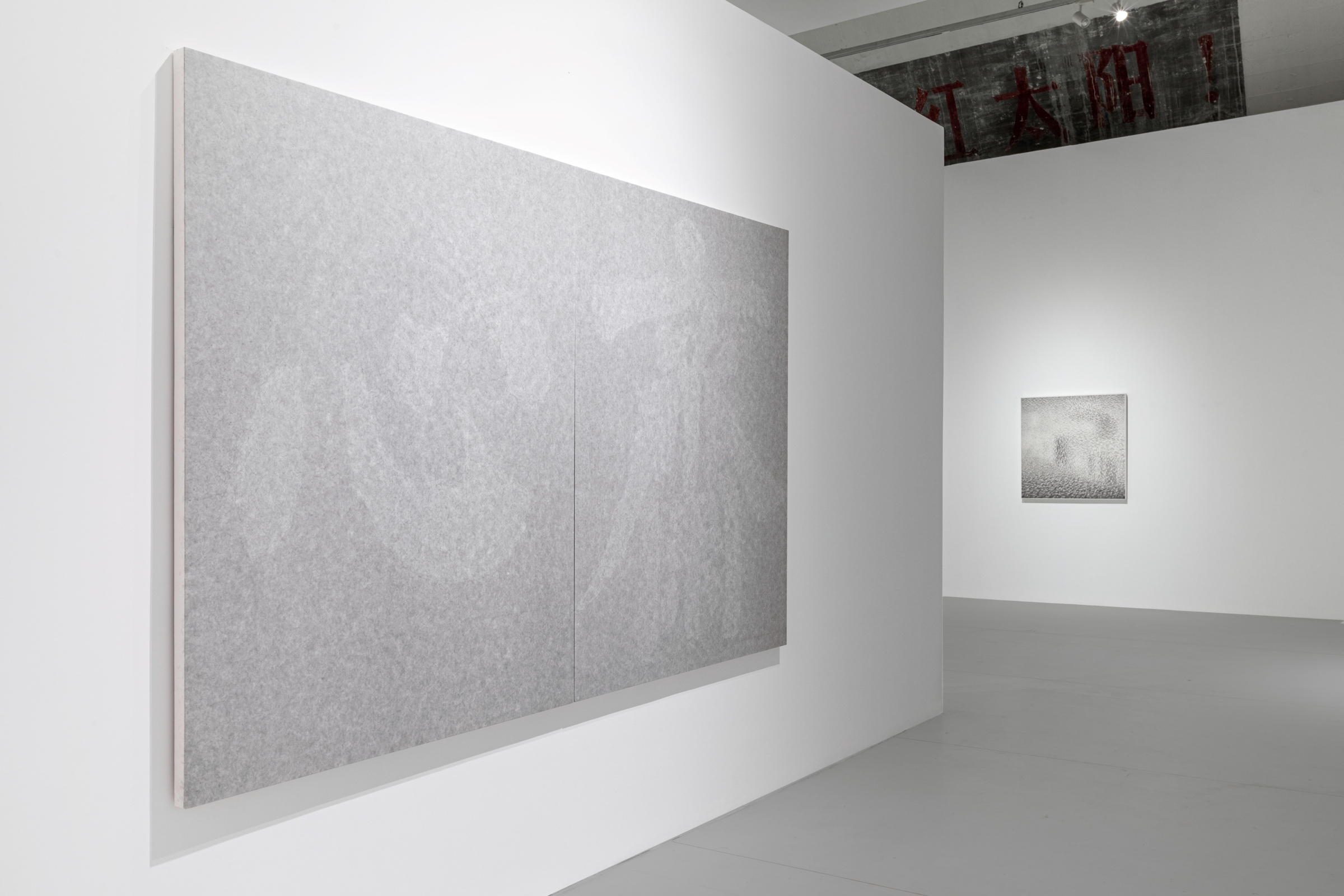
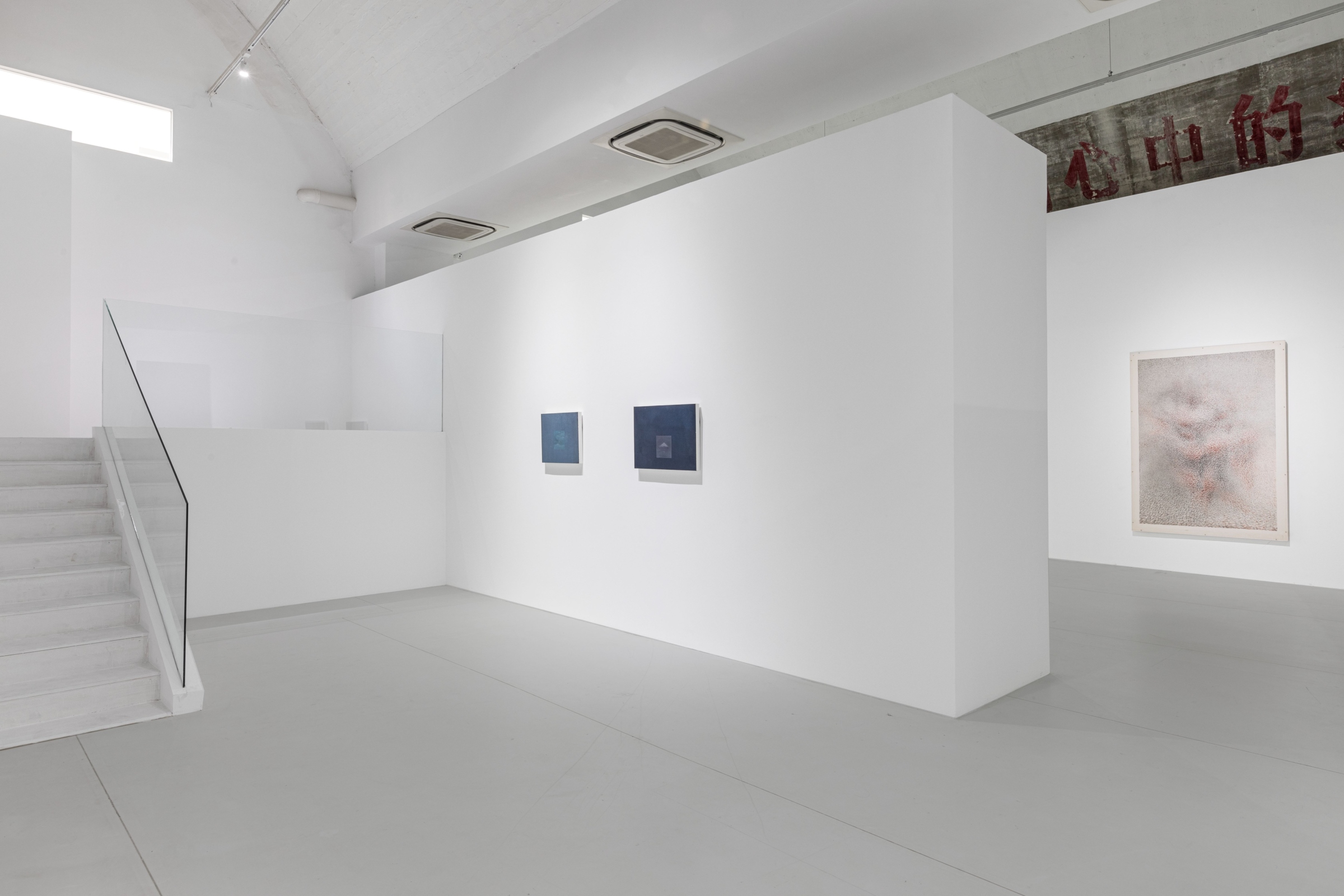
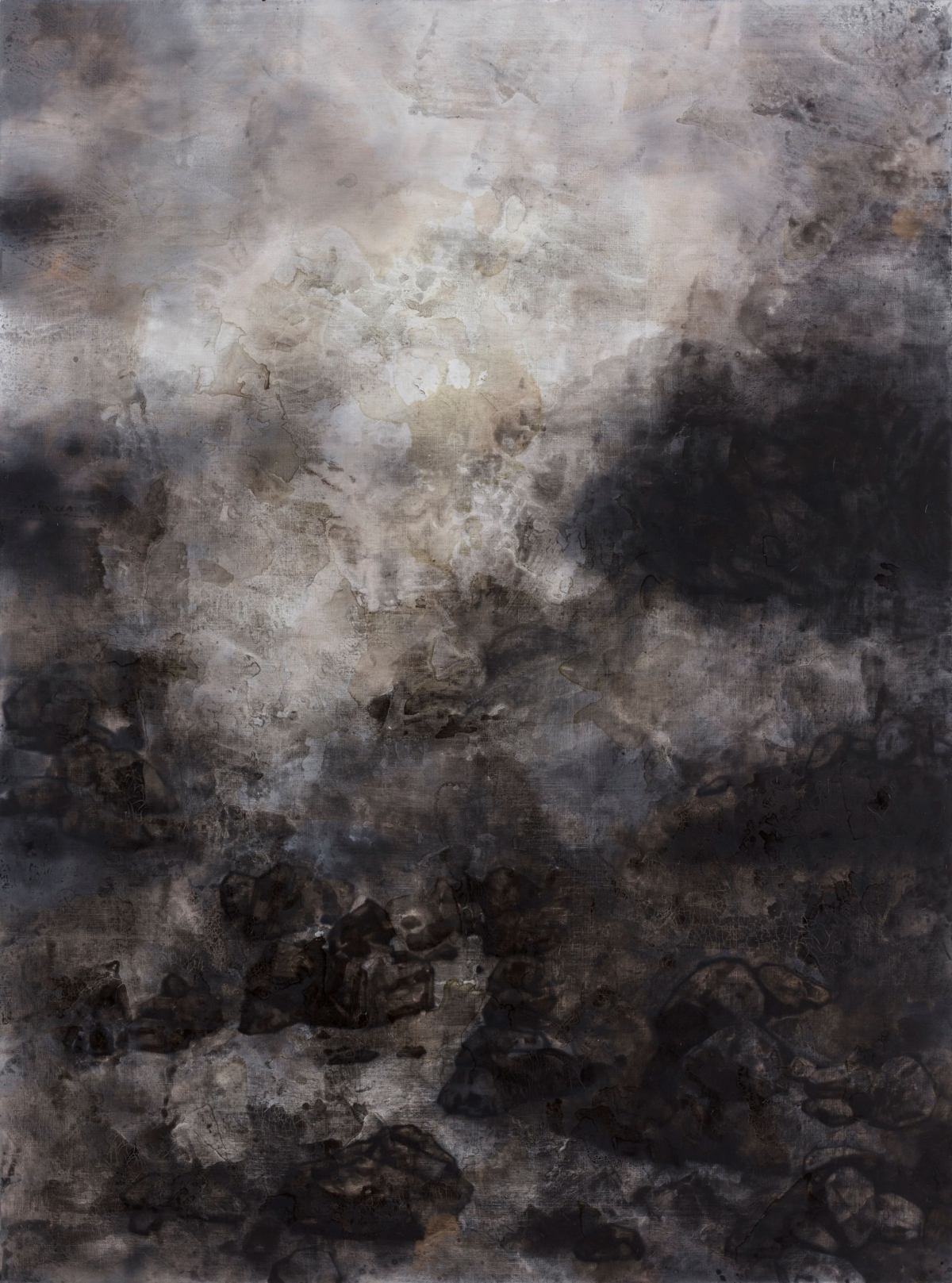
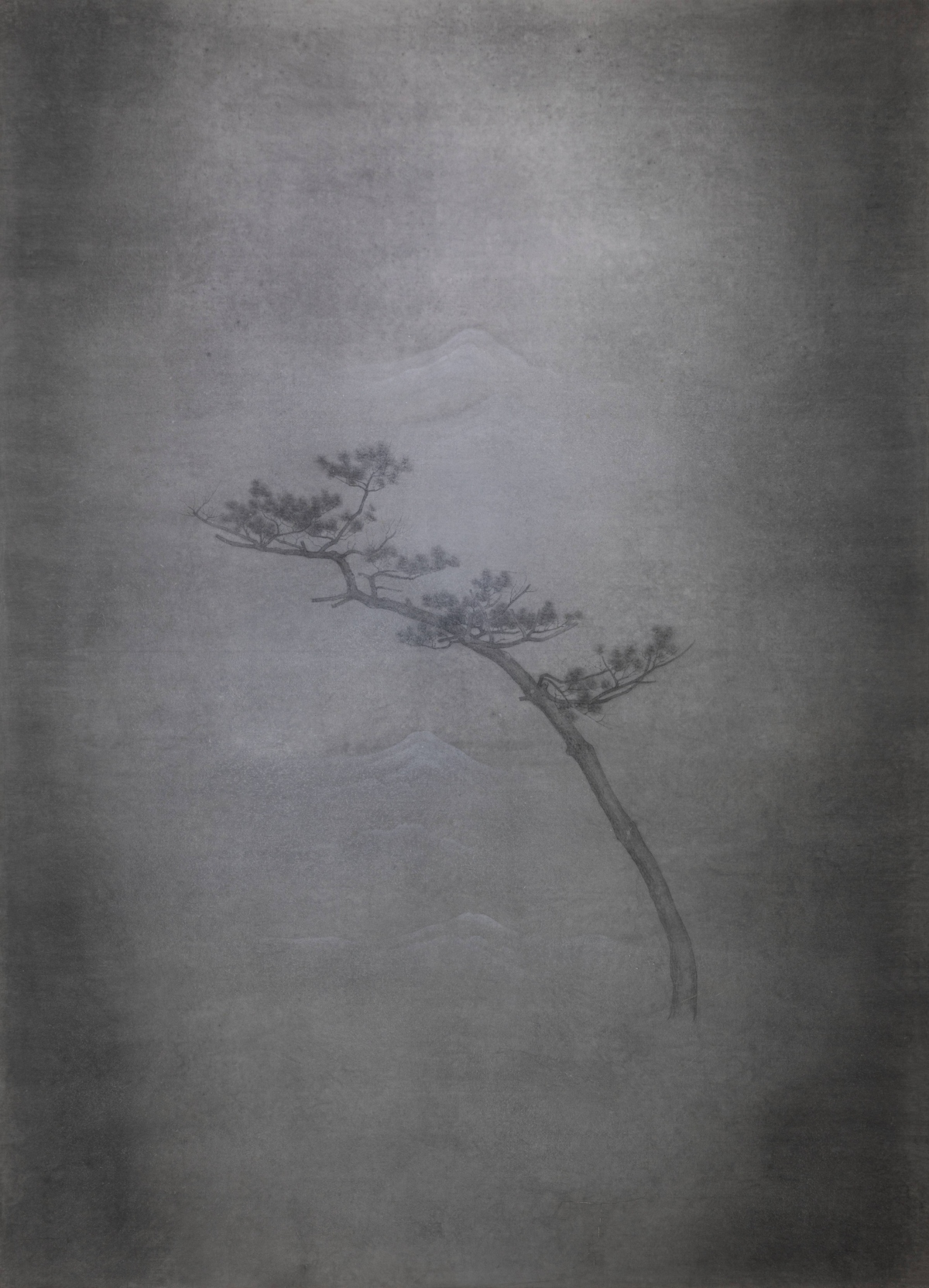
》-100x100cm-纸本水墨-2018-1200x1200.jpg)
